I tried the '3-box Decluttering Method' – experts say it's 'all about keeping organizing simple and manageable'
Don't delay your decision-making, experts urge

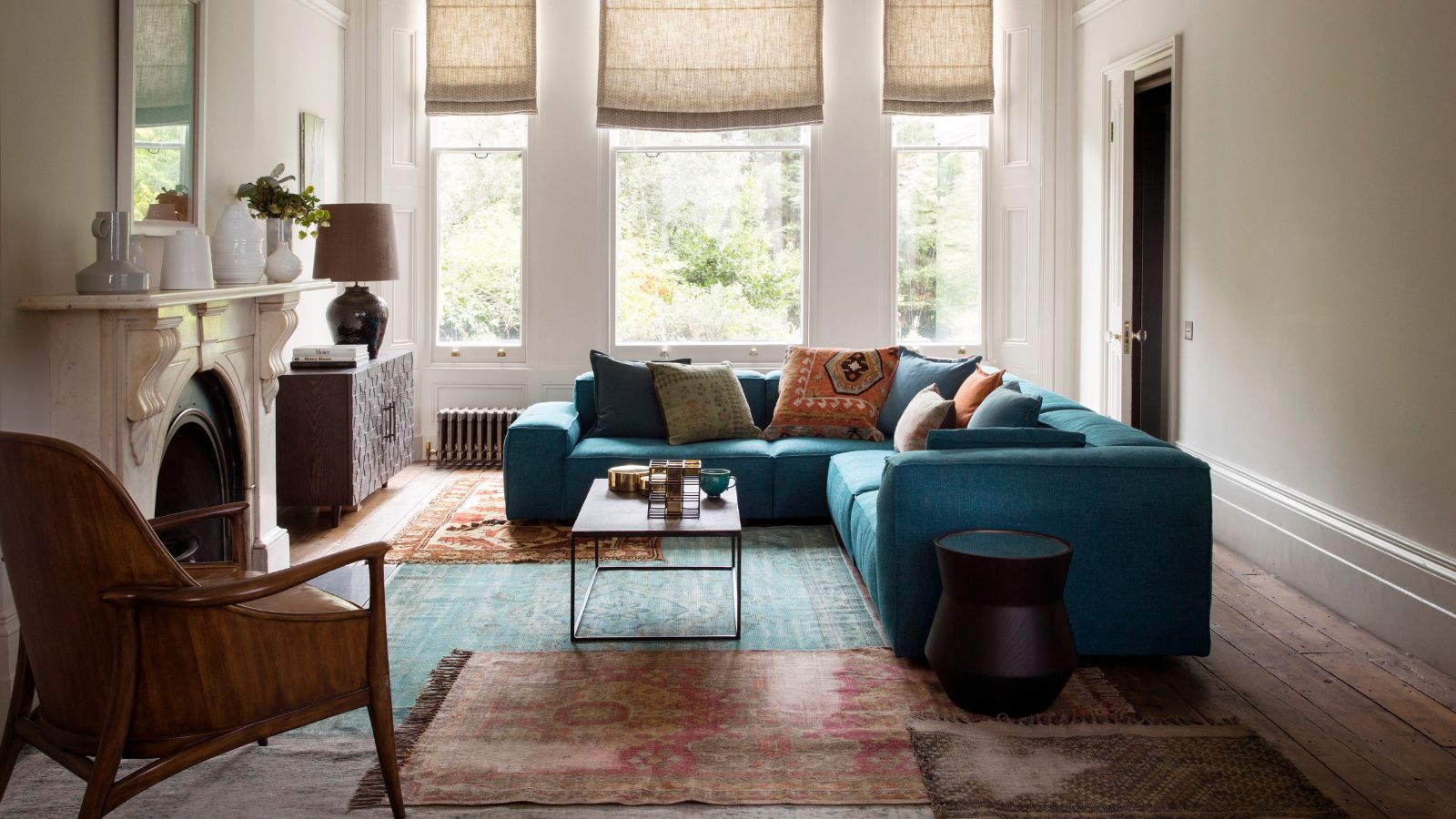
This summer I'm turning my attention to decluttering. But, as someone who's chronically indecisive, actually getting items out of the door can be more of a challenge for me than for most.
In particular, I find 'maybe' or 'relocate' piles just don't work for me, and if I'm going to make a decision, I have to make it swiftly.
For that reason, I've found the 3-box decluttering method to be one of the very best decluttering methods for me and my home. I gave it a go, and here, professional organizers explain why it works so well and share their tips on how to use it.
What is the 3-box Decluttering Method?
To explain the 3-Box Decluttering method, I spoke to Julie Witherell, owner and founder at Julie's Organizing Services.
She explains, 'The 3-Box Decluttering Method is all about keeping organizing simple and manageable. It works well for people who tend to get overwhelmed, overthink the process, or get easily distracted,' making it ideal for decluttering your home when you feel overwhelmed, and overcoming a decluttering roadblock.
'You start in one area and sort your items into one of three categories: Keep, Donate or Sell, or Trash.
'The term “box” simply refers to a designated space, whether that is an actual box, a bag, or a clearly marked area. It helps to prepare in advance with supplies on hand: an area for items to keep, a bag for soft donations, a box with light wrapping for breakable donations, and containers for recycling and trash.'
Design expertise in your inbox – from inspiring decorating ideas and beautiful celebrity homes to practical gardening advice and shopping round-ups.
In general, she adds that this method keeps things clear, simple, and easy to follow.
How does the 3-box method differ from the 4-box method?
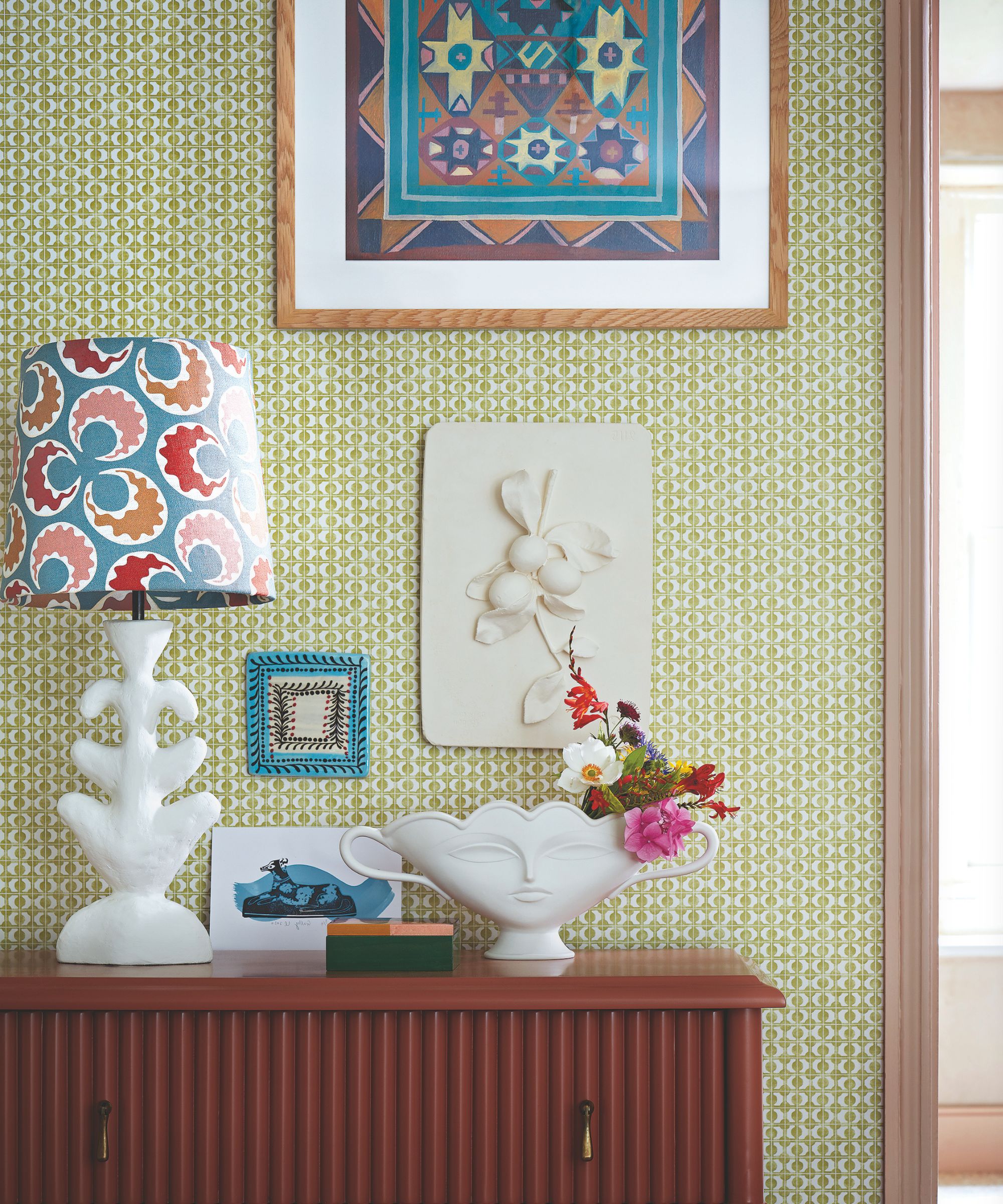
The 3-box decluttering method is better for those who struggle with indecision, like me
This method may well be reminding you of the 'four box' decluttering method, and you'd be correct; they're very similar. But, the difference here is that this method doesn't include the 'relocate' box, which, as Julie says, 'can often snowball into a big, undefined pile that creates more decisions later and can derail your progress.'
Devon Fegman-Herdman, professional organizer and founder of Declutter with Devon, agrees. She says, 'I prefer the 3-box system. I think that as you add categories, the decision-making can become overwhelming.
'If you are using the 3-box system, after you complete sorting all of your items, you have to go back to the "keep" pile anyway and begin to put items away. At that point, you are either taking the item to its home or deciding where it will live in your home.
'To me, the fourth box is unnecessary. Folks often struggle with decision-making already, and adding an extra option doesn't help.'
As overcoming decision fatigue is something I struggle with, the 3-box method seemed like the best option for me. Here's how it went.
I tried the 3-box decluttering method
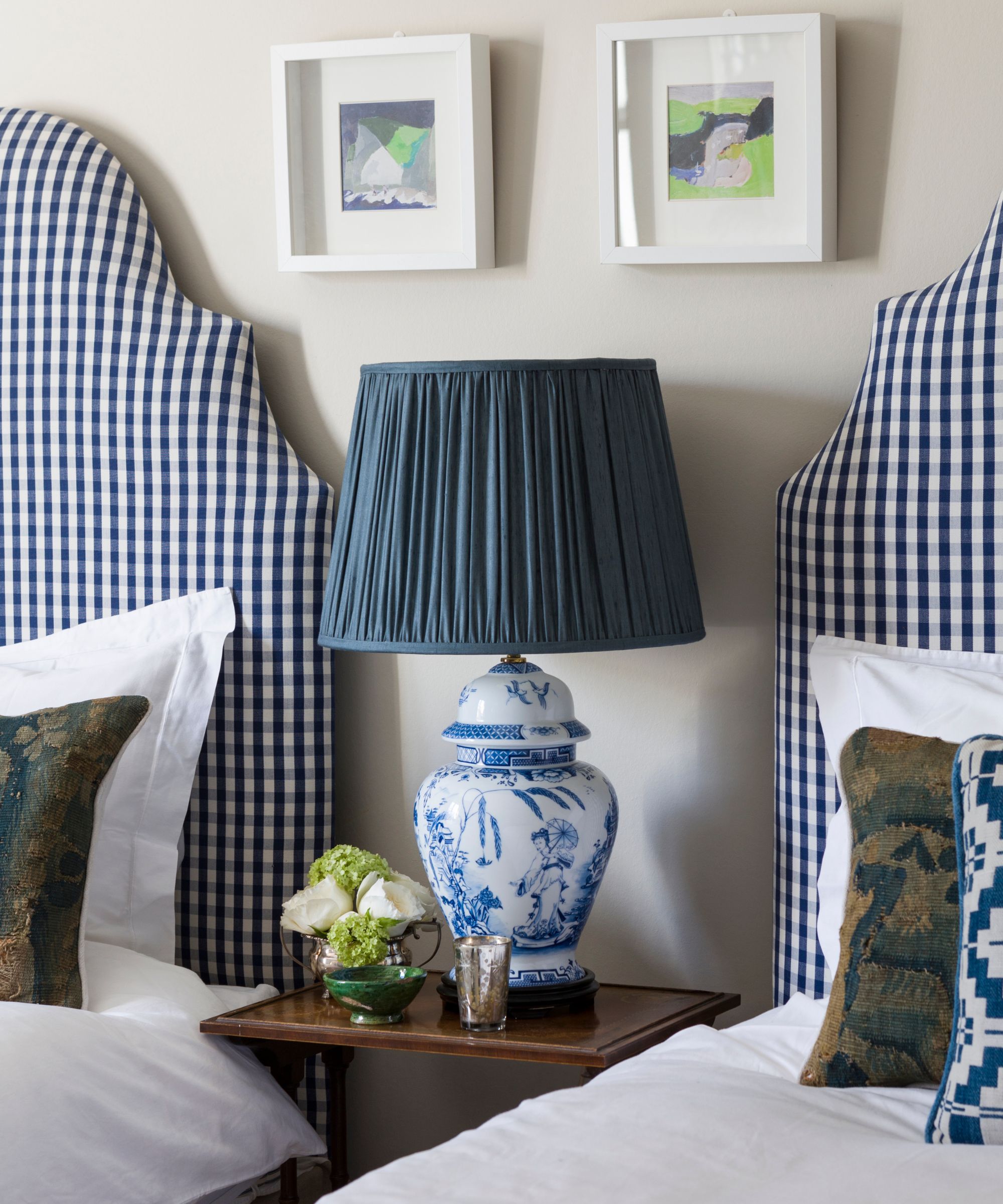
Not including a re-locate pile meant I dealt with decisions there and then
In a bid to clear visual clutter in my bedroom and declutter my bedroom once and for all, I decided to start there. I struggle to declutter as a maximalist, but with the 3-box decluttering method, I definitely found it easier.
I moved around different areas of my space, sorting items into 'Keep,' 'Donate or sell,' and 'Trash,' as recommended by Julie.
Unsurprisingly, my trash pile was easiest, and very quickly, my bin was filled as I got rid of paper clutter and other random rubbish that was cluttering up my room.
Then, with only two options, either donating or selling or keeping, it was easy to sort through the rest of my stuff, decluttering books, shoes, and other accumulation pieces in desperate need of decluttering.
Importantly, I found the lack of a 'relocate' box so much easier. If items I wanted to keep were in the wrong place, I simply sorted them there and then, rather than letting a pile build up, which I know will sit around for weeks at a time before I eventually get round to actually tackling it.
This is what Julie recommends, explaining that you will naturally come across items that need to be relocated.
'It is better,' she says, 'to create a small, manageable pile of items that need to move to another area. Then, at the end of your session, take 15 minutes to return those items to their proper places without getting distracted.
'By handling relocation at the end in one focused step, you are more likely to complete the session without losing momentum or getting distracted. This makes it much easier to follow through and finish the job.'
My verdict

Ditch your maybe piles and get organized for good
In my opinion, the 3-box decluttering method is a brilliant way to declutter and get organized. After all, it's high time we all ditched our maybe piles and actually made those decisions, rather than putting them off.
As Julie says, 'With fewer categories to manage, there is less decision fatigue, and less chance of getting stuck.' I completely agree with Julie.
If you're still struggling with making decisions, the 'ODT' decluttering method can help to avoid and overcome 'analysis paralysis,' or, as Devon suggests, still make your 'maybe' pile, but date it when you do.
'Then, if you haven't needed anything after a period of time, say six months, you can feel comfortable donating the box without relooking through it,' she explains.
This is similar to the Dot and Ditch decluttering method, and a brilliant way to stop holding onto items 'just in case.'
What to shop
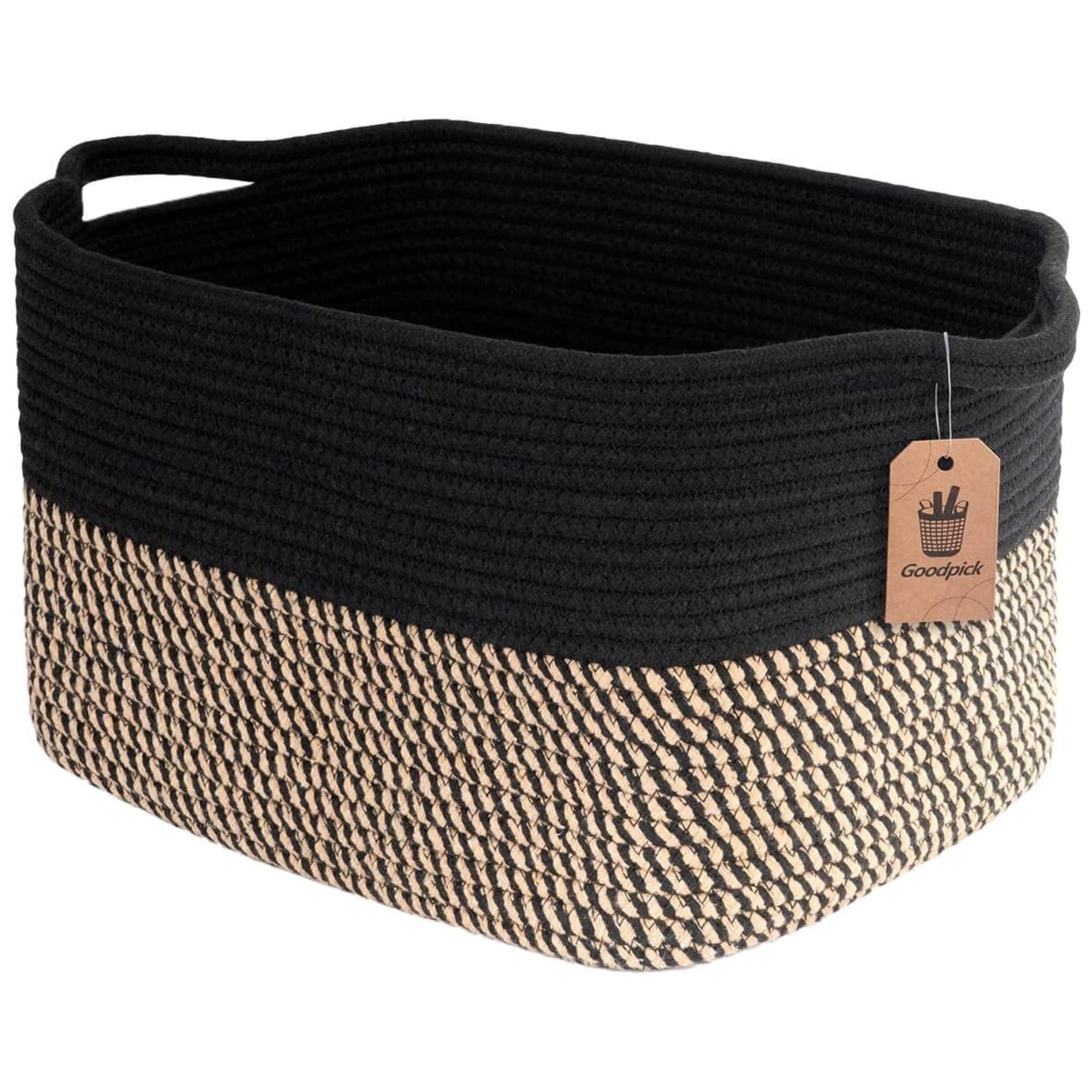
Pop any items you're opting to get rid of in a stylish storage basket like this. Then, you can decide whether to donate or sell decluttered items afterward.
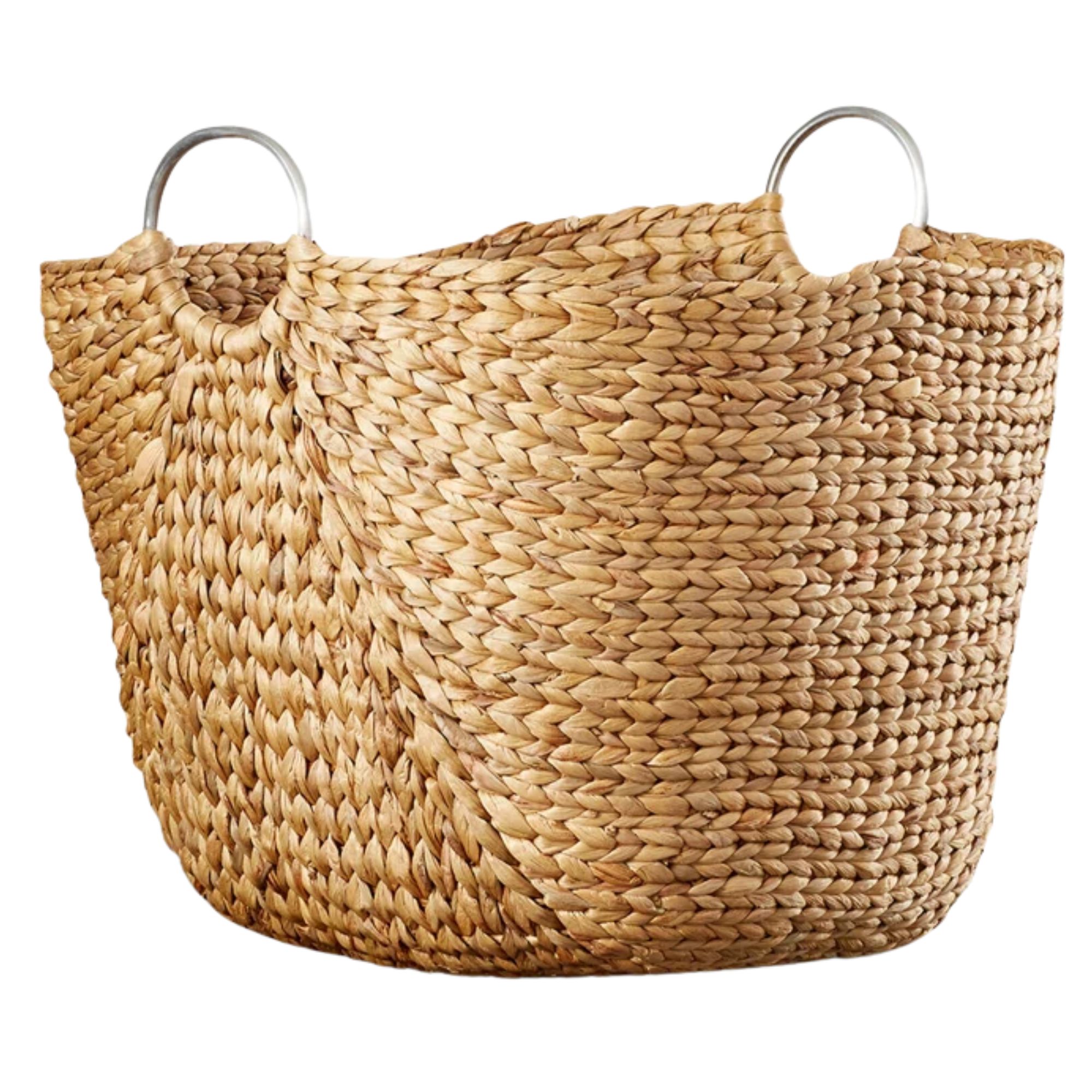
With strong and sturdy integrated handles, this storage basket is convenient to carry out to your car to run down to the donation center.
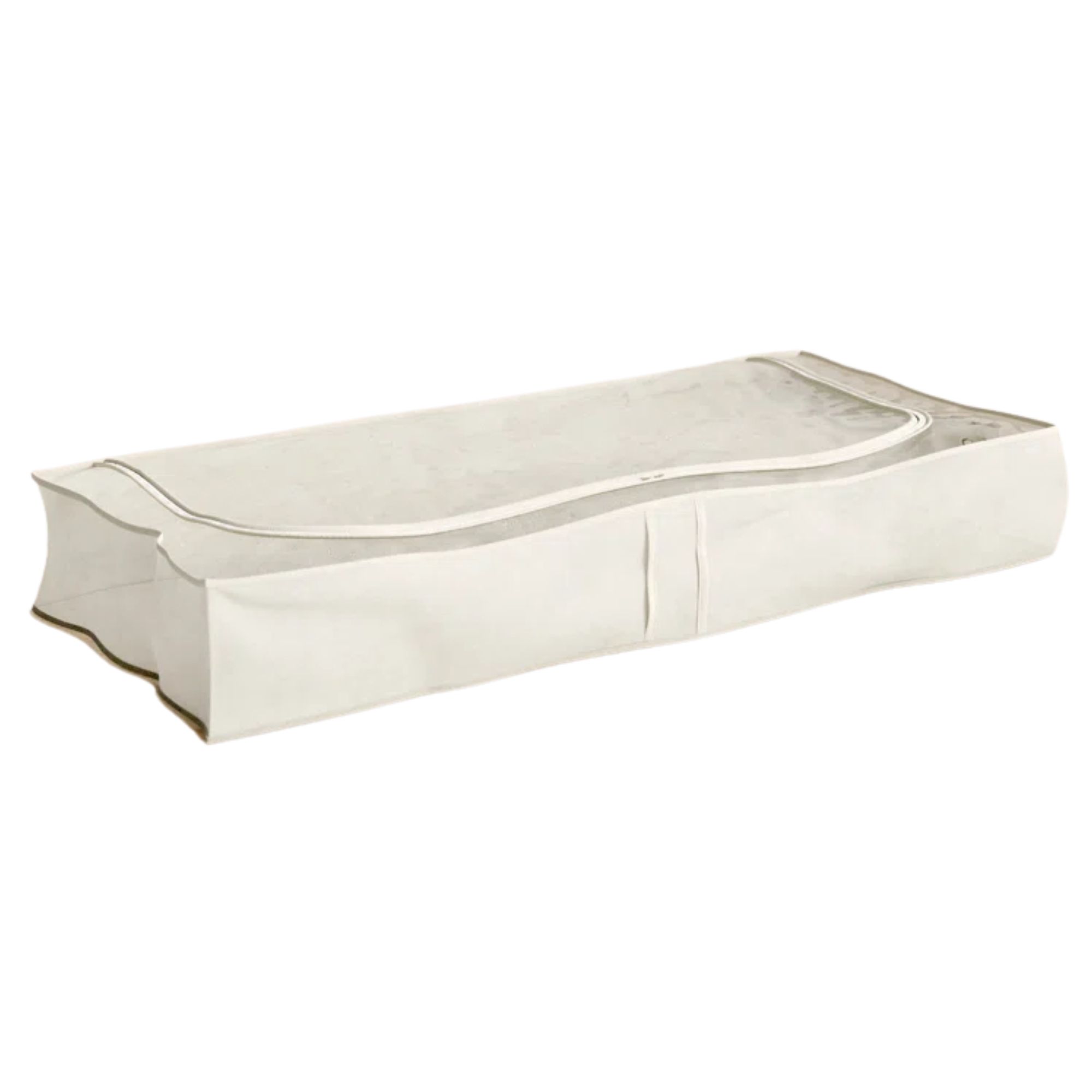
For items you want to keep, but don't quite have room for, underbed storage like this is a great option for keeping your space neat and tidy.
Meet our experts

Devon is a professional organizer based in Cleveland, Ohio with her own small business, Declutter with Devon. She recently gave a presentation on decluttering and organizing your home and workspace at American Greetings corporate headquarters, and has been working with people and helping them change for the past decade.
Julie is a professional organizer, ADHD and hoarding specialist who helps clients create calm, functional, and visually appealing homes and offices. She has guided hundreds of individuals in creating practical, sustainable systems that support both personal and professional life.
If you're not sure what to do with items you are decluttering, there are plenty of great, sustainable options in our expert-led guide.

Ottilie joined Homes & Gardens in 2024 as the News Writer on Solved, after finishing a Master's in Magazine Journalism at City, University of London. Now, as the Sleep Editor, she spends her days hunting deals and producing content on all things sleep – from mattresses and sheets to protectors and pillows, all of which she tests in her own home. She also has particular expertise in home fragrance, covering everything from candles to reed diffusers.
Previously, she has written for Livingetc and Motorsport Magazine, and also has a Master's degree in English Literature and History of Art from the University of Edinburgh, where she developed a love for inspiring interiors and architecture.